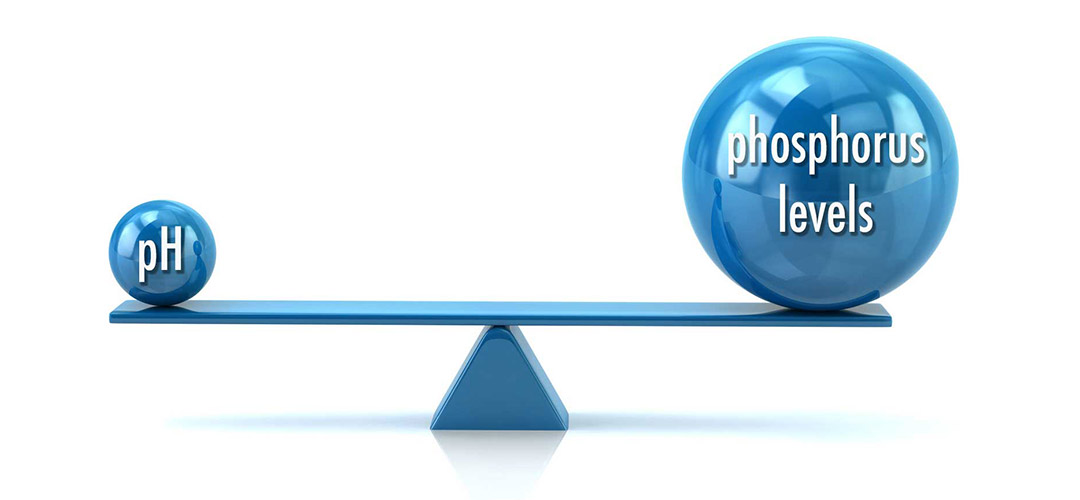Get Off The pH Seesaw
The pH of your effluent is a standard parameter on every NPDES permit. But more than that, maintaining a pH in the neutral 6 to 8 range is critical to maintaining the biological treatment in your wastewater facility. Maintaining the alkalinity of your wastewater is particularly essential to the nitrification bacteria, which consume large quantities of alkalinity as they nitrify the ammonia in your wastewater.
If you are removing phosphorus from your wastewater, you know maintaining this balance is much more difficult. Traditional phosphorus removal coagulants, using aluminum or iron-based salts, are strongly acidic with a pH level of 1.5 to 2.2. The impact of this low pH is amplified by the volume required to reduce phosphorus to low discharge limits. As the phosphorus limit is lowered, the corresponding amount of these coagulants required increases to 4 or more molecules of coagulant for every molecule of phosphate removed. That is a lot of acid! Your pH tips strongly to the acidic side and if you don’t balance it out, your treatment is compromised. To pull your pH back into the neutral range and restore alkalinity, you are probably adding caustic, and lots of it. So, you seesaw back and forth, using traditional coagulants then caustic.
These strongly acidic and basic chemicals are also hazardous to your operators. The acidic coagulant is extremely irritating to skin, eyes and lungs, and the caustic is just as dangerous. If you mix caustic yourself from bags, it is a very hazardous operation. Once you have it mixed, even the most dilute solution has a high freezing point, which means you must keep the tank and pipes heat traced. Has your heat tracing ever failed and left you with a pipe, or worse, an entire tank full of frozen caustic? How hazardous was that to repair?
But you don’t have to operate like this, seesawing back and forth on pH, driving it down to remove phosphorus then adjusting it back up to remove ammonia, or just maintain your biomass, constantly balancing your chemical feeds.
Neo WaterFX(formerly RE300) precipitates phosphorus down to very low levels, well under 0.1 mg/L, with hardly a budge on your pH meter. How does it do it?
For starters, Neo WaterFX is less acidic, with a pH between 3 and 4. Now you may say, but wait a minute, that is still acidic, and you are right. But remember that pH is a logarithmic scale, so the difference in 2 in your pH, say between 4 and 2, means 100 times LESS acid. But the real difference is when this is combined with the low feed rate. Neo WaterFX works at almost a 1 to 1 basis – one molecule of Neo WaterFX removes 1 molecule of phosphate – and it doesn’t matter how low your limit is, this ratio holds. So instead of feeding on a 4 to 1 or higher molar ratio, you are feeding four times less. The net result is that you add 300 to 500 times LESS ACID with Neo WaterFX than is required with the traditional coagulants.
Almost every wastewater system has enough excess alkalinity so that this little bit of acid doesn’t even cause a significant dip in the pH. In fact, wastewater plants with limits as low as 0.07 mg/L of total P have switched to Neo WaterFX and eliminated their caustic feeds. Less chemical feeds, no more seesawing back and forth.



